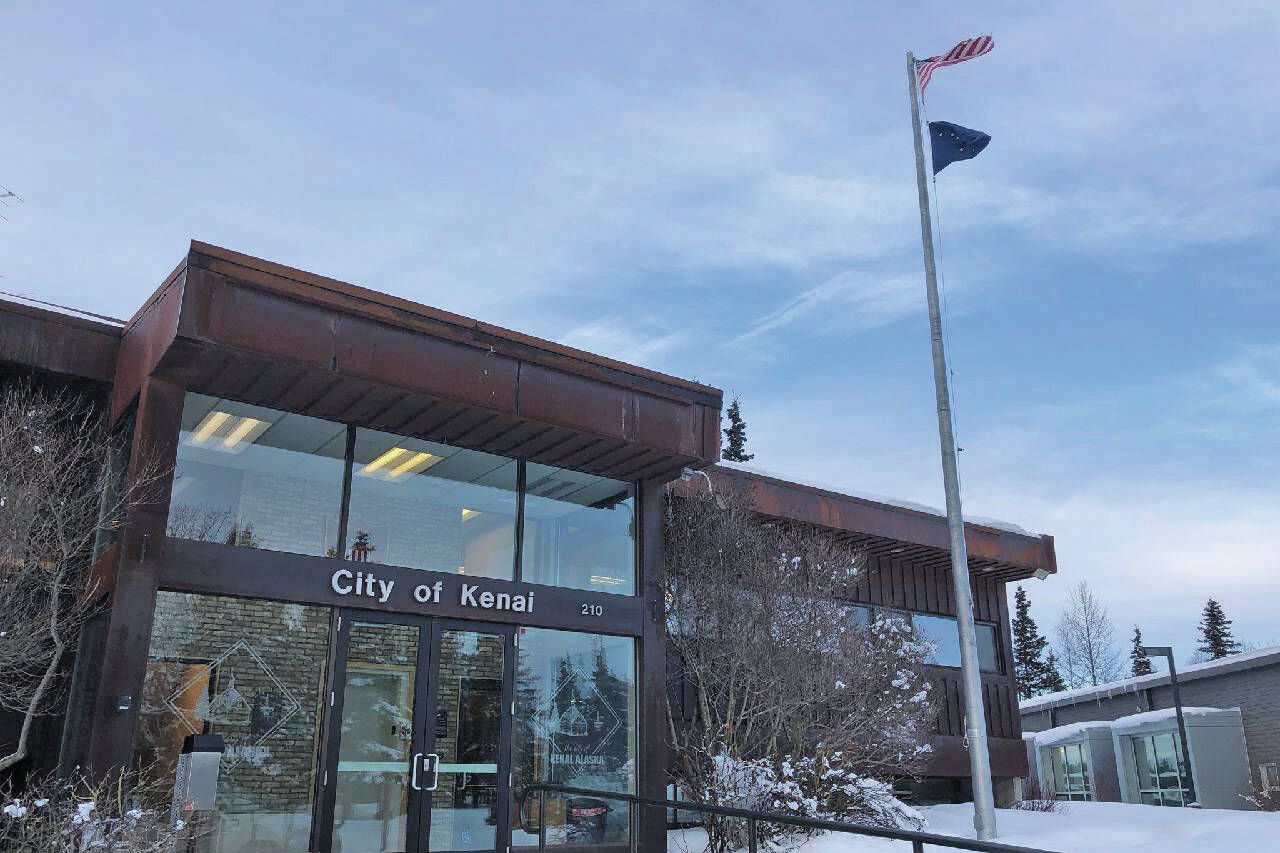Like other municipalities on the Kenai Peninsula, the City of Kenai is brainstorming ways to bring in new and keep existing city workers. A city working group convened with members of the city council last week to review potential initiatives that could help solve the problem.
Kenai City Manager Terry Eubank wrote in an April 18 memo to council members that city administrators last fall created an internal working group to review the city’s personnel practices, citing “current economic conditions” as well as how competitive the city is when it comes to recruiting and retaining staff.
The seven-person group included, among others, Eubank, Human Resources Director Stephanie Randall, Police Chief David Ross and Fire Chief Tony Prior. Former Kenai City Manager Paul Ostrander and his assistant Randi Broyles also contributed to the recommendations, Eubank wrote.
Dan Robinson, a researcher with the Alaska Department of Labor and Workforce Development, presented Kenai-specific labor and workforce data to council members during the work session. Robinson said that even though Kenai’s population is increasing, the amount of working-age residents is decreasing.
“Either people younger than 20 are going up, or people older than 64 are going up, and it’s not the younger people,” Robinson said. “They might be going up a little bit, but it’s primarily an aging out of prime working age that’s happening.”
Eubank said the number of positions the city is recruiting for has increased by about 40% over the last five years, while the number of applicants seeking those positions has decreased by about 65% during the same time period. More than one in four people currently employed by the city, he said, joined the city within the last year.
“Where we used to get 20 or 30 applications for positions, we’re getting an average of nine, with many positions having zero to four applicants,” he said. “These aren’t qualified applicants — these aren’t folks meaning our (minimum requirements) — these (are) raw numbers of applicants applying for our jobs.”
The impacts of an unstable workforce, Eubank said, aren’t just seen in the positions that sit vacant, but also in the way those vacancies impact other employees. Demand for city services doesn’t decrease along with the city’s staff pool, leaving the employees who remain to pick up the slack.
Eubank also doesn’t think the recruitment struggles will go away anytime soon, because about 23% of all city employees are eligible to retire in the next five years.
In all, the city’s working group identified 13 specific things the city could do to boost recruitment and retention of city employees. Those recommendations include allowing recruitment incentives for positions that are difficult to fill, allowing for flexible scheduling without requiring employees to use leave and allowing new employees to take leave without pay.
The working group also talked about letting eligible employees work remotely for two weeks each year, adding a half-holiday on either Christmas Eve or New Year’s Eve and increasing the amount of money the city contributes to the employees supplemental retirement program.
If Kenai City Council members are interested in implementing any of the recommendations put forth by the working group, additional consideration is needed. Any new policies that require changes to the city’s code must have a public hearing before a final vote.
The City of Soldotna, which is experiencing similar problems, is also in the process of implementing new initiatives to boost recruitment and retention.
The city council in April approved legislation that allows Soldotna’s city manager to institute hiring bonuses in addition to a relocation assistance program and an employee referral program. In Soldotna, Christmas Eve is now a paid holiday, employee bereavement leave is expanded and city employees may also be able to take up to six weeks of paid parental leave.
Materials from last week’s work session can be found on the city’s website at kenai.city.
Reach reporter Ashlyn O’Hara at ashlyn.ohara@peninsulaclarion.com.

